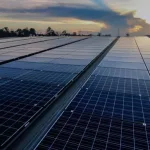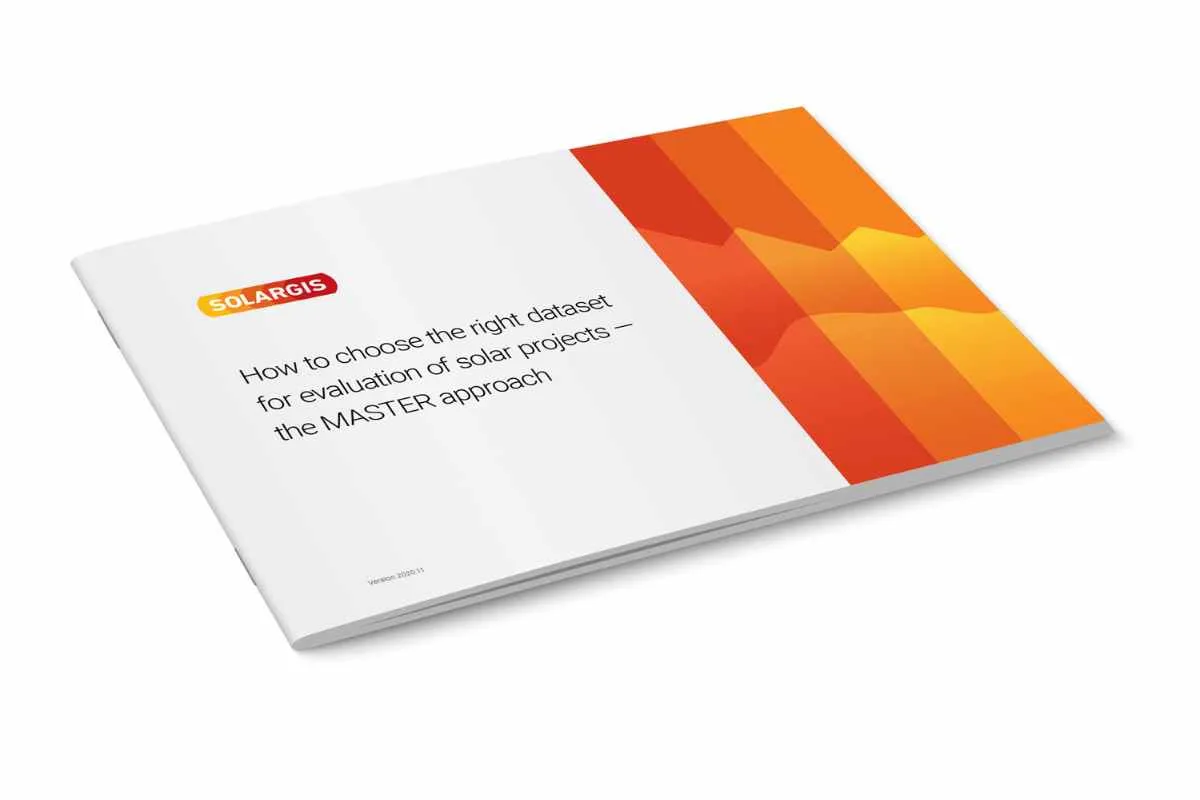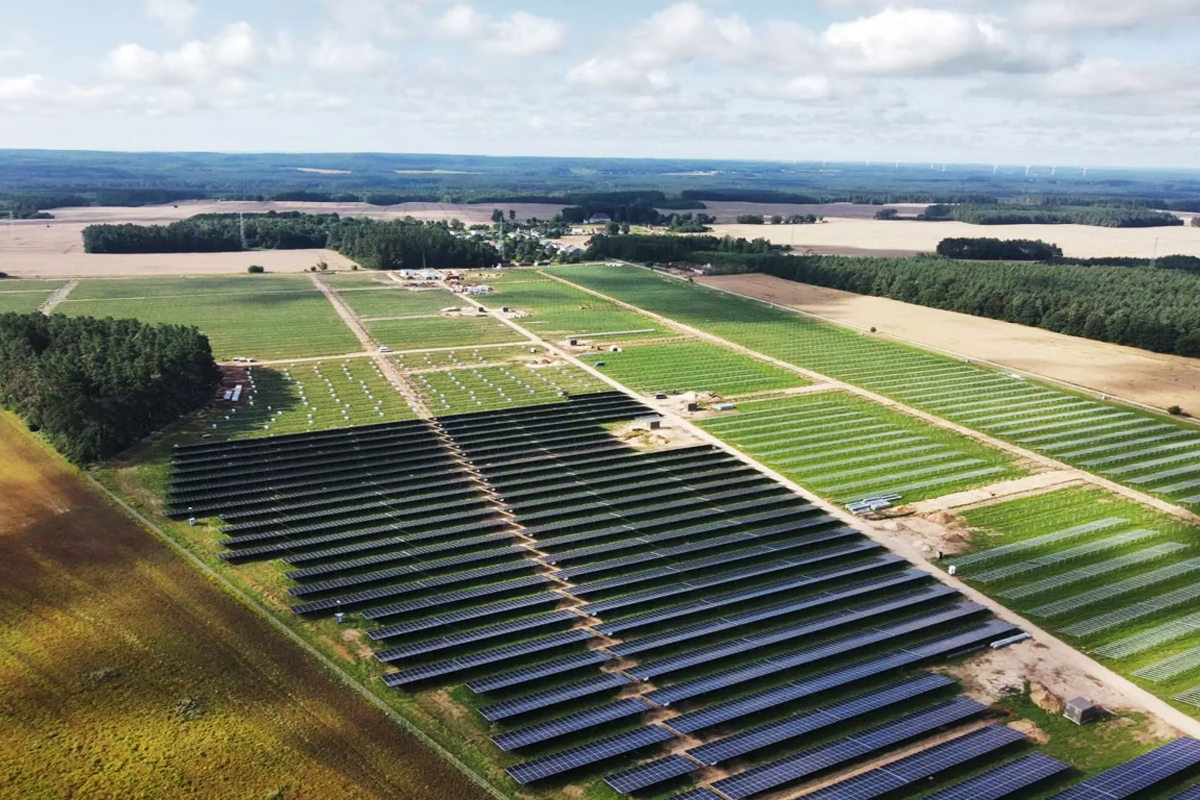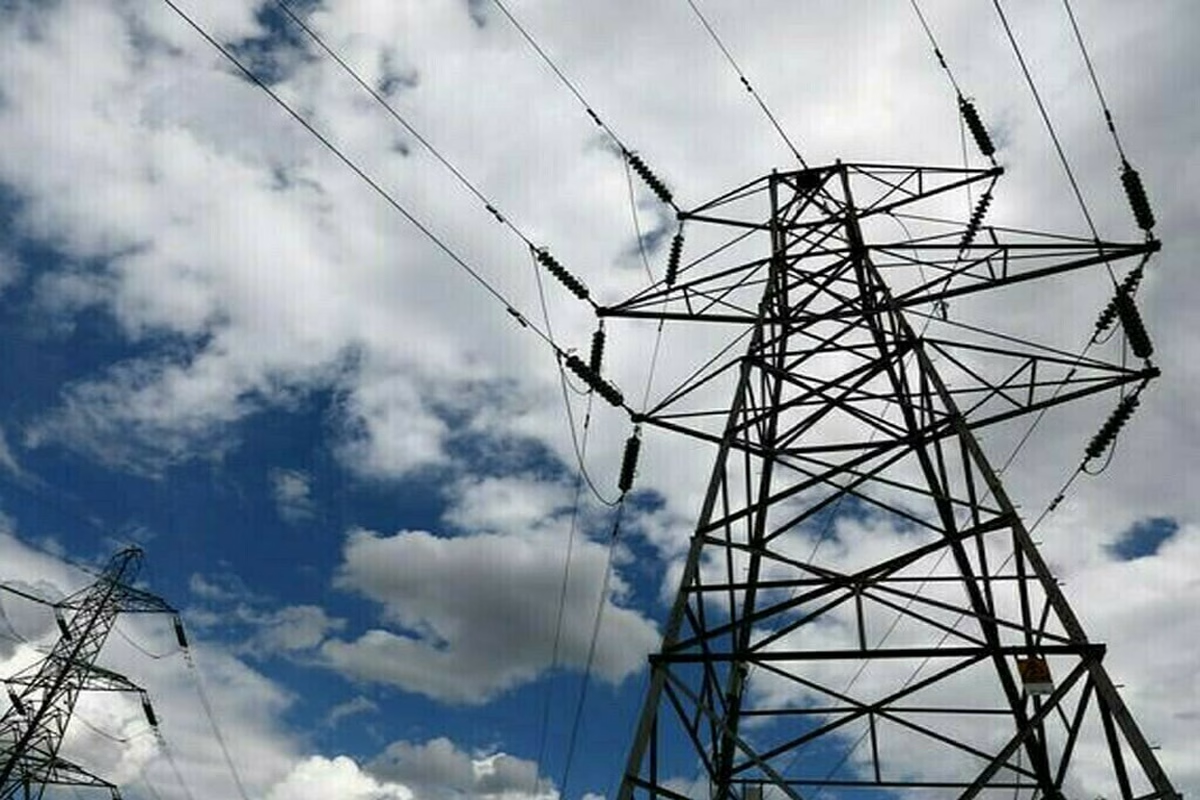
Wärtsilä Launches “Front-Loading Net Zero” Report Ahead of COP26
June 7, 2024
A consistent valuation framework for renewables investment
June 7, 2024pv MAG Sep 30, 2021 EDT
- According to the “Albedo for bifacial PV projects” (2021) report, bifacial technology has the potential to generate up to 4-17% more solar power than traditional modules.
- Understanding the albedo resource is vital in developing bifacial projects.
- The solar industry is facing great challenges in accurately predicting the power output of bifacial installations in locations with snow and extreme seasonal climates.
The solar industry has made breakthroughs by creating solar bifacial technology, bifacial modules can achieve a 29% power output efficiency. This technology fully uses a solar resource known as ‘Albedo’, which consists on the reflection of solar radiation on different soils.
To fast-track this revolutionary technology, the industry needs to show the true gain of bifacial modules by creating precise tools that measure albedo, justifying the 4-17% power gain advertised for this technology and grab the interest and trust of investors. Solar developers and asset owners who are optimizing their albedo assessment, make significant gains in a competitive ground such as the solar industry. Solargis, the largest solar data and software developer for bankable solar investments, has released a two-part report titled “Albedo for bifacial PV projects” (2021). This report analyzes and explains the lack of understanding and need for improvement in measurement techniques of the albedo resource, outlining the best approach to this practice.
Solar project developers are currently looking towards bifacial technology to maximize solar power production at their sites. Developers are especially interested in this technology because the cost for bifacial solar modules is growing closer to traditional modules and they are looking to ride this new wave of cost reductions that yields great profits in a rapidly growing industry.
The use of bifacial modules and sun tracker technologies is still lacking in key growth markets, which is why it requires gaining greater confidence by using more price tools that yield better energy predictions. The Solargis report has shone a light on the real understanding over the albedo resource, vital to accurately predict the production of bifacial modules. Regularly used tools do not consider that bifacial technology is more sensitive to variations than monofacial, creating uncertainty on the energy estimates yielded by these. The Solargis report explains that the real challenge of accurately predicting bifacial production is to consider the high degree of temporal and spatial variability. Commonly available databanks do not have the required resources to make these predictions as assessed by Solargis. Additionally, the albedo measurements performed for large-scale installations are acquired using short-term data, creating another layer of uncertainty and making them not reliable.
According to Marcel Suri, the CEO of Solargis, the uncertainty that could be caused in the bifacial industry due to inaccuracy in calculations of the albedo resource and power predictions, will be inconvenient when making decisions in bankable bifacial projects. This will be affecting long-term financial modeling and projections for these projects. The solar industry must tackle these obstacles beforehand, by creating accurate models that use more precise data reflecting the real efficiency gain of these modules, allowing the further development of bifacial projects worldwide. Vicente Lara-Fanego, the author of the Solargis report, commented that their work (performed alongside solar asset owners) has shown them that truly understanding the albedo resource using reliable data, is crucial for these projects. The goal of this report is to truly understand the implications of not having reliable calculations for the albedo resource, create proper methodologies for this, and pave the way to help the solar sector further develop the tools to achieve its goals with bifacial technology. To further understand the implications and information in this report, you can read the “Albedo for bifacial PV projects” (2021) report by Solargis.




